Chiraq. It’s the current nickname for Chicago among many of the African American youth who inhabit the city and it comes from a play on words, based on the city and Iraq, a country with well-known issues of poverty and rampant violence.
Teenagers living there seem to be embracing the similarities that their home shares with this troubled third world nation. However, this is nothing new. Major cities such as Chicago, Detroit, Los Angeles, Philadelphia, and New York have been dealing with the effects of being populated with low income, crime infested neighborhoods for as long as memory serves. And for just as long, young people who make up those neighborhoods wear those ills as a badge of honor.
Still, something strange seems to be taking place in the United States’ third largest city. According to the Huffington Post, more than 500 homicides were committed in Chicago in 2012 (a 16 percent rise from the previous year). Even more disturbing is the frequency with which fatalities have occurred. In the course of three weeks, 38 killings were reported. On Feb. 19, a new city record was set when 6 people were murdered in a single day. Over the same time period, 228 lives were lost to gun violence in Chiraq, as opposed to 144 U.S. troops who were killed fighting in Afghanistan.
These astonishing statistics beg the question, “What is going on in Chicago?” Part of the answer: the marriage between a long standing culture of gang activity and the next wave of rap artists rising in the area.
Vice Lords, Gangster Disciples, Black Disciples, Latin Kings, and several other gangs trace their origins to the streets of Chicago as far back as the 50s. Most, if not all of them, began with ideologies built around social and economic growth for minorities. But of course, over time they have to represent so much that plagues the city: drug dealing, robberies, reckless murders, etc.
(Enter the rappers). Last year, Chi-Town’s hip hop scene saw a major shift from the socially, politically charged styles of Lupe Fiasco and Common to the absolute glorification of street life presented by the likes of Lil Mouse and Chief Keef. On his single “Get Smoked,” Lil Mouse raps about popping pills, killing people with hollow tip ammunition, and recites every curse word for a grand total of 43 times. Does that seem too extreme in today’s musical climate? Well, Lil Mouse is only 13. The fact that someone not yet old enough for high school was allowed to record and promote such material speaks to Chicago’s current problems.
Then there is Chief Keef, a 17-year-old rapper with a cult-like following of teenagers from across the country. And this is not due to his lyrical prowess. It is the gang affiliation and the real life drama that surrounds him that has made him so popular with rap’s target demographic.
Keef was recently released from prison after serving a two-month sentence in a juvenile correctional facility. He violated terms of his probation by shooting a promo video at a gun range and flashing machine guns in several music videos. What was he on probation for? Three counts of aggravated assault for flashing a gun at police officers who were chasing him through his neighborhood.
When it comes to gang life, the number 300 is an identifying mark for members of the Black Disciples. Keef’s most popular song is titled “300,” he constantly repeats it in his interviews, and on his Twitter account he used to end each tweet with #300. He used to because he ceased doing so after the biggest scandal of his young career.
Keef’s rival, 18-year-old Chicago rapper Lil JoJo, was shot to death in broad daylight after releasing a viral music video titled “300K” (gang code for Black Disciple Killer) that was a diss to Keef and his crew. In the video, Lil JoJo brandishes handguns and assault rifles that were literally bigger than him. In another video he is seen harassing artist Lil Reese (a member of Keef’s entourage) as he drives by him in the street, and someone can clearly be heard screaming “JoJo, I’ma kill you.” He lost his life five hours later. After his death, Keef taunted his demise on Twitter, to immediate backlash from fans and the media. JoJo’s mother has appeared on BET’s Don’t Sleep proclaiming that Keef paid to have her son killed. He was questioned by police, but never charged. His street lore reached an all-time high following the incident.
The biggest example of where the mentality of youth in Chicago is headed is displayed in a YouTube video of footage taken from Lil JoJo’s funeral. In the video, which takes place in a small church, countless teenagers (most of whom had never even met JoJo) almost knock his casket over as they scramble over each other to get a glimpse of one of their peers who died behind gangster rap music seeping into reality. JoJo’s family was so upset that they then stopped the funeral. After the group of was kicked out, they went into the church’s parking lot and began to smoke weed and play “300K” over and over again until the police finally broke up the gathering.
There is a difference between rappers like Gucci Mane, Lil Wayne, Young Jeezy and Chief Keef. Keef is probably the most popular street artist in the music industry today because it is so much easier for young, impressionable people to see a reflection of themselves (or at least who they want to be) in him. Why? Because, he is the same age as they are. How many teens living in Chicago look at him and say, “if he can be in a gang, be feared by his enemies, AND be a rapper who’s on TV and radio every day, why can’t I?” Have those aspirations become the new American Dream for the black youth? What is going on in Chiraq most certainly indicates so. Where that train of thought will lead a lot of people can be frightening to ponder.


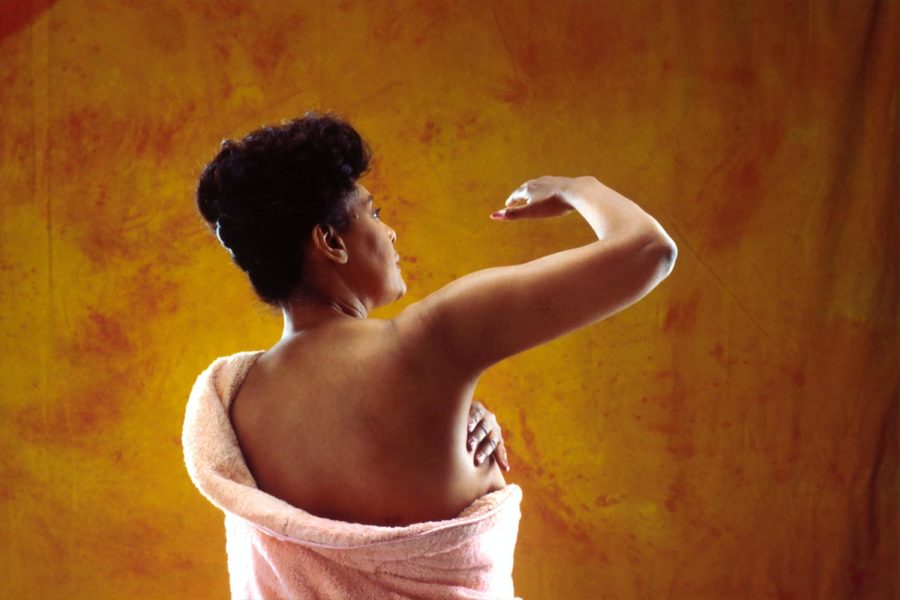
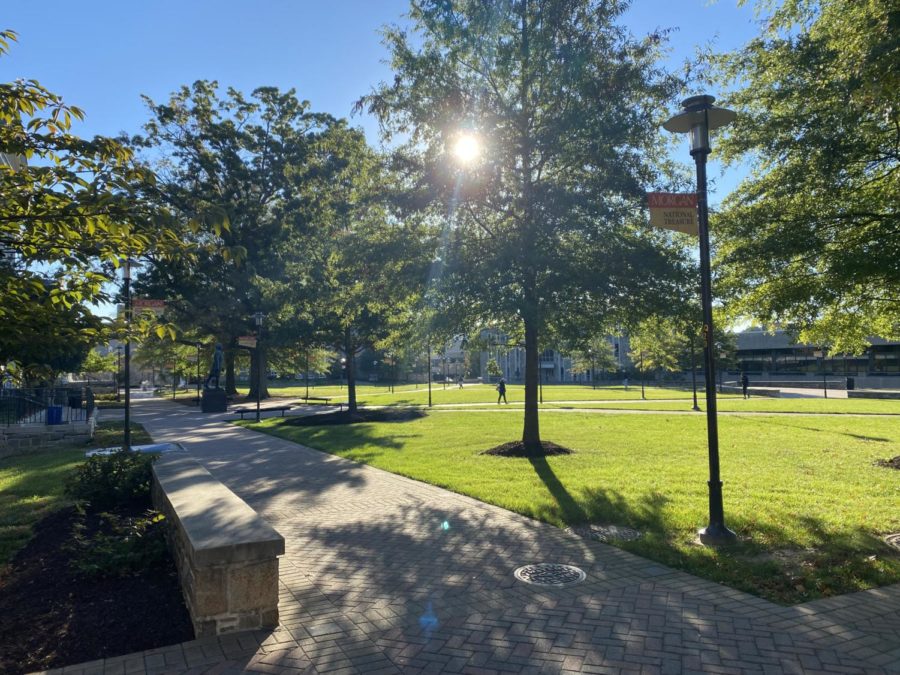
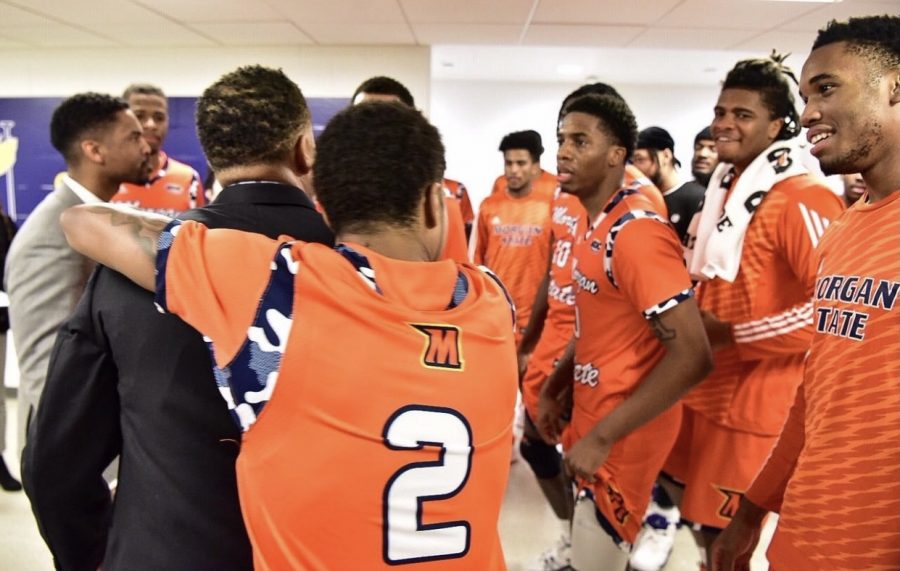
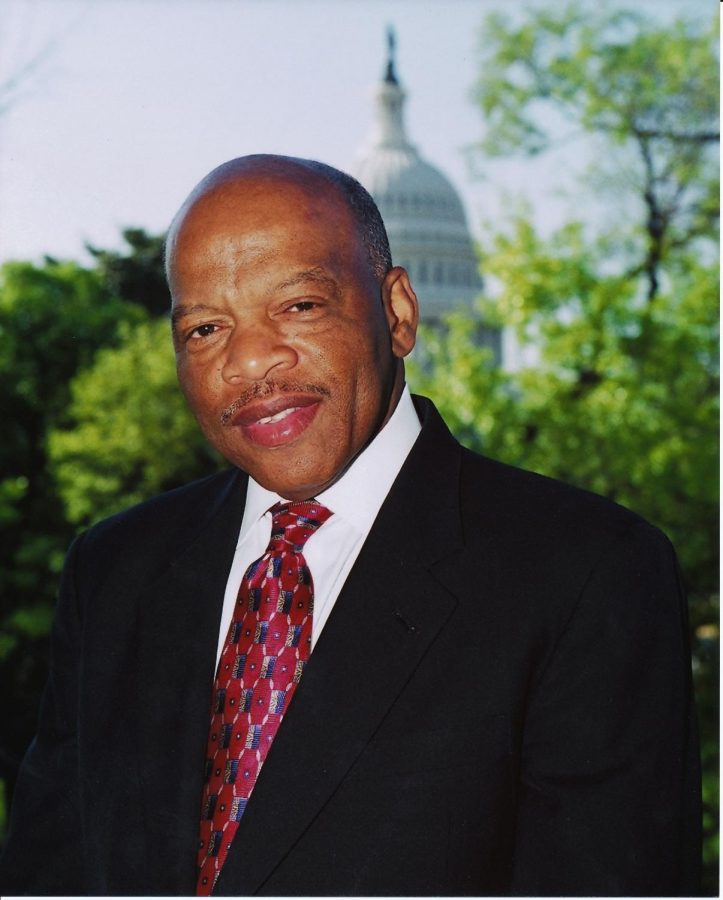
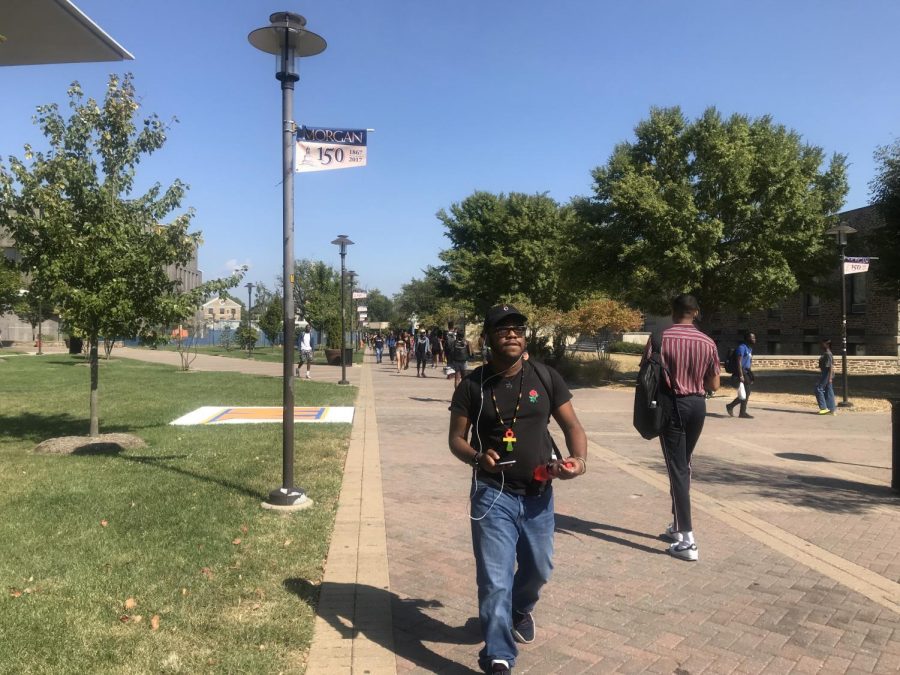
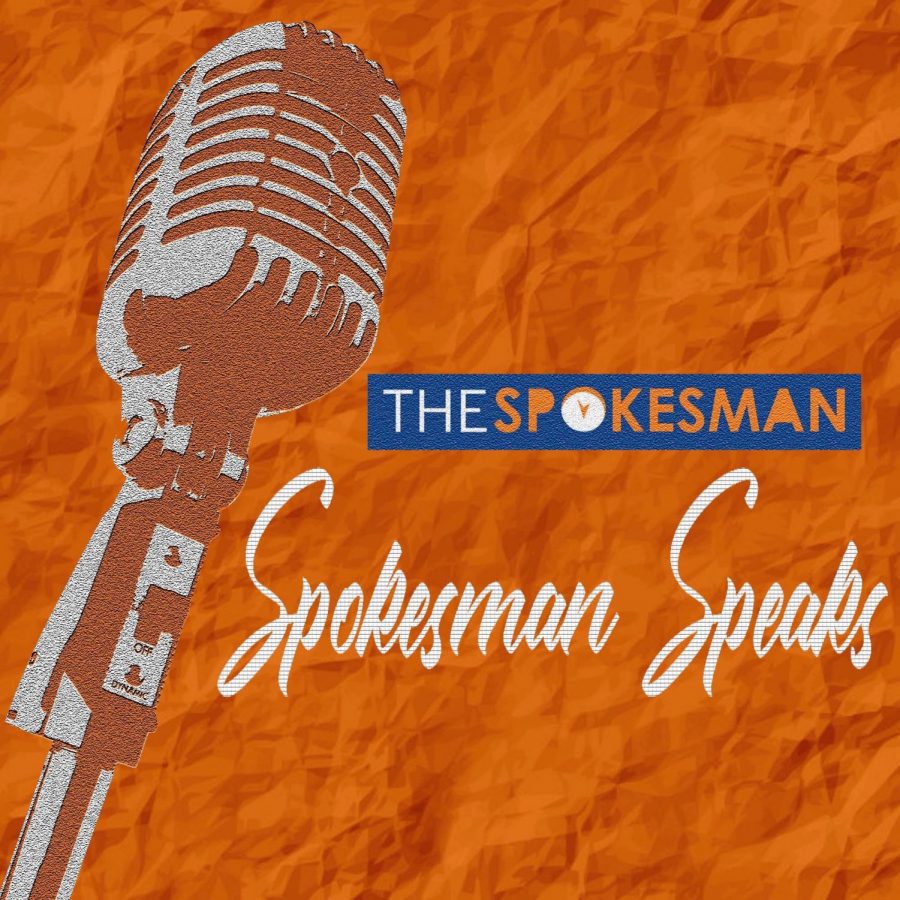
Antonio Martin • Mar 27, 2013 at 2:15 pm
Great Article